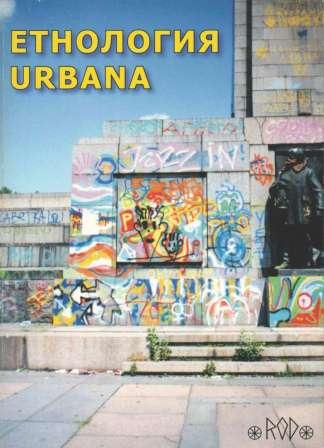Някои страни от развитието на Рим ab Urbe condita до края на царския период
Some aspects of the Development of Rome ab Urbe condita to the End of the Royal period
Author(s): Iglika MilushevaSubject(s): Anthropology
Published by: Асоциация за антропология, етнология и фолклористика ОНГЬЛ
Summary/Abstract: The object of the present paper is to present the development of the Rome at the Royal period. The statement is done in accordance with the historical work of T. Livius, one of the greatest Roman authors, „Ab Urbe condita“. The paper presents the public activities of the Romulus, Numa, Tullus Hostilius, Ancus Martius, Tarquinius Priscus, Servius Tullius and Tarquinius Superbus – from the foundation of the City (753 B.C.) to the beginning of the Roman Republic (509 B.C.). The paper presents all remarkable architectural monuments, which construct the face of the City – many public buildings, temples and altars. The architectural elements, which are the part of the face of the City of this period, are the permanent part of the Roman architecture, which spreads in the Roman provinces. For a short time Rome becomes to “the head of the world”, “the master of the world” and dictates the political and cultural development in the world to the end of the Roman Empire. Many of the architectural monuments, which are the work of the Roman kings, live longer then 2700 years, are the part of the contemporary face of Rome.
Journal: Годишник на Асоциация за антропология, етнология и фолклористика »Онгъл«
- Issue Year: 2005
- Issue No: Special
- Page Range: 73-85
- Page Count: 13
- Language: Bulgarian
- Content File-PDF

